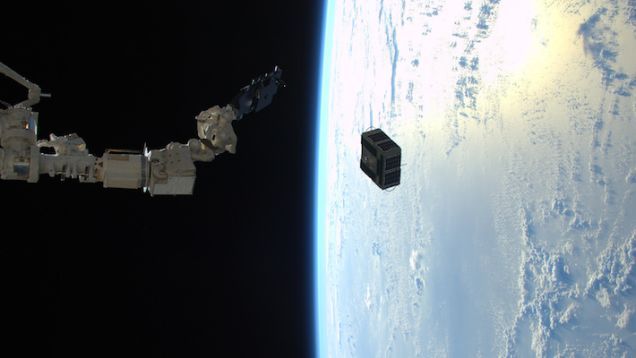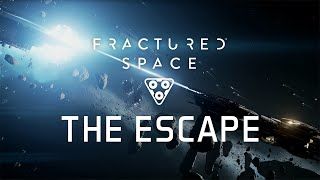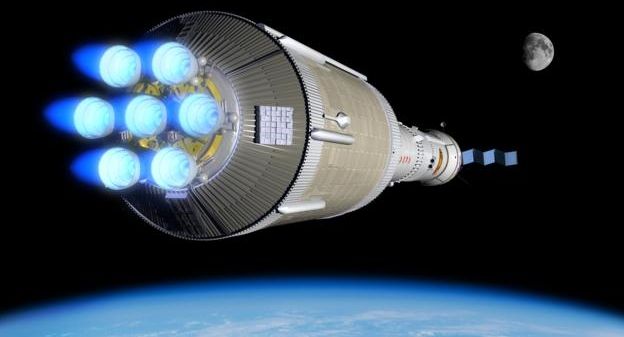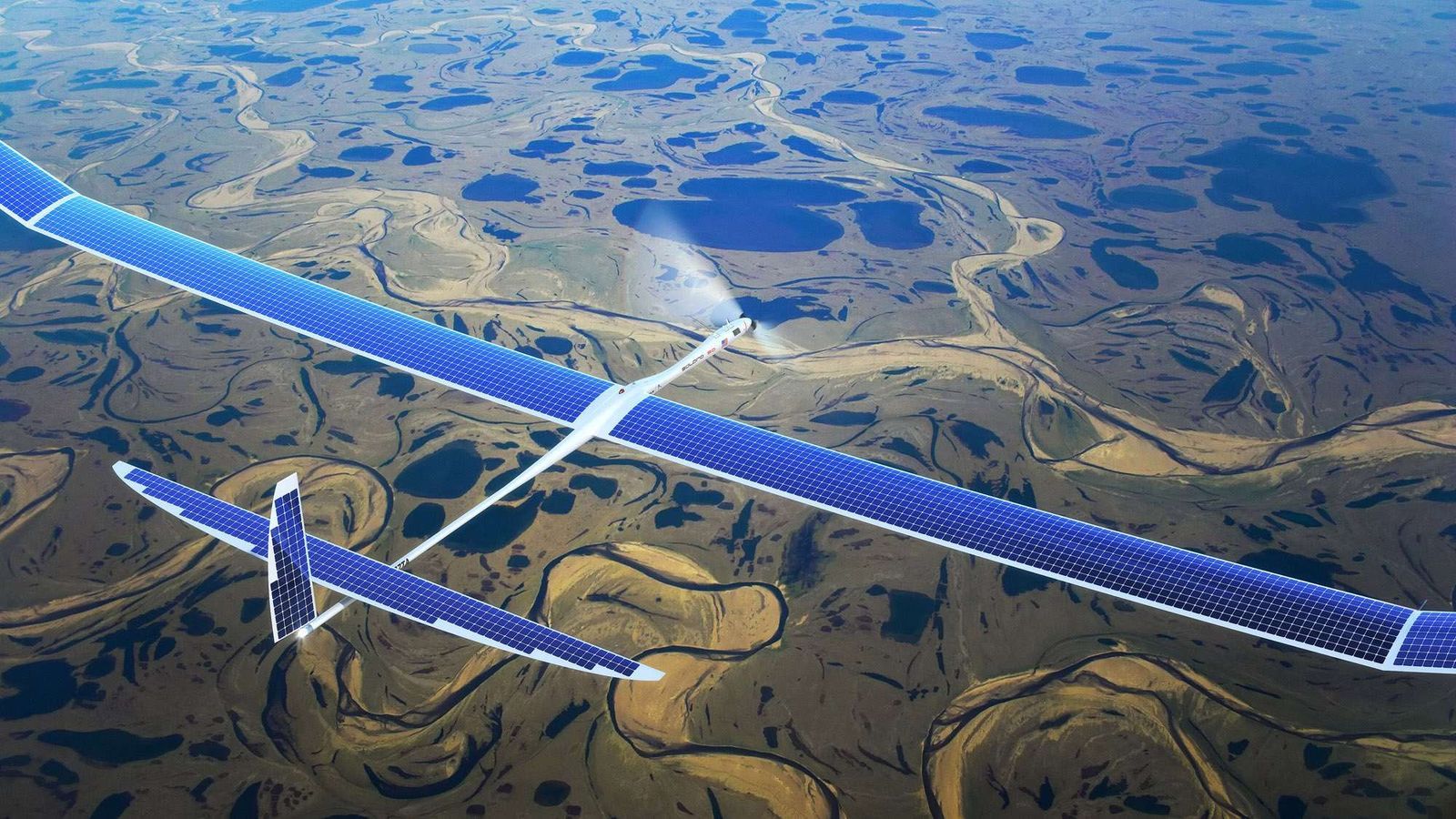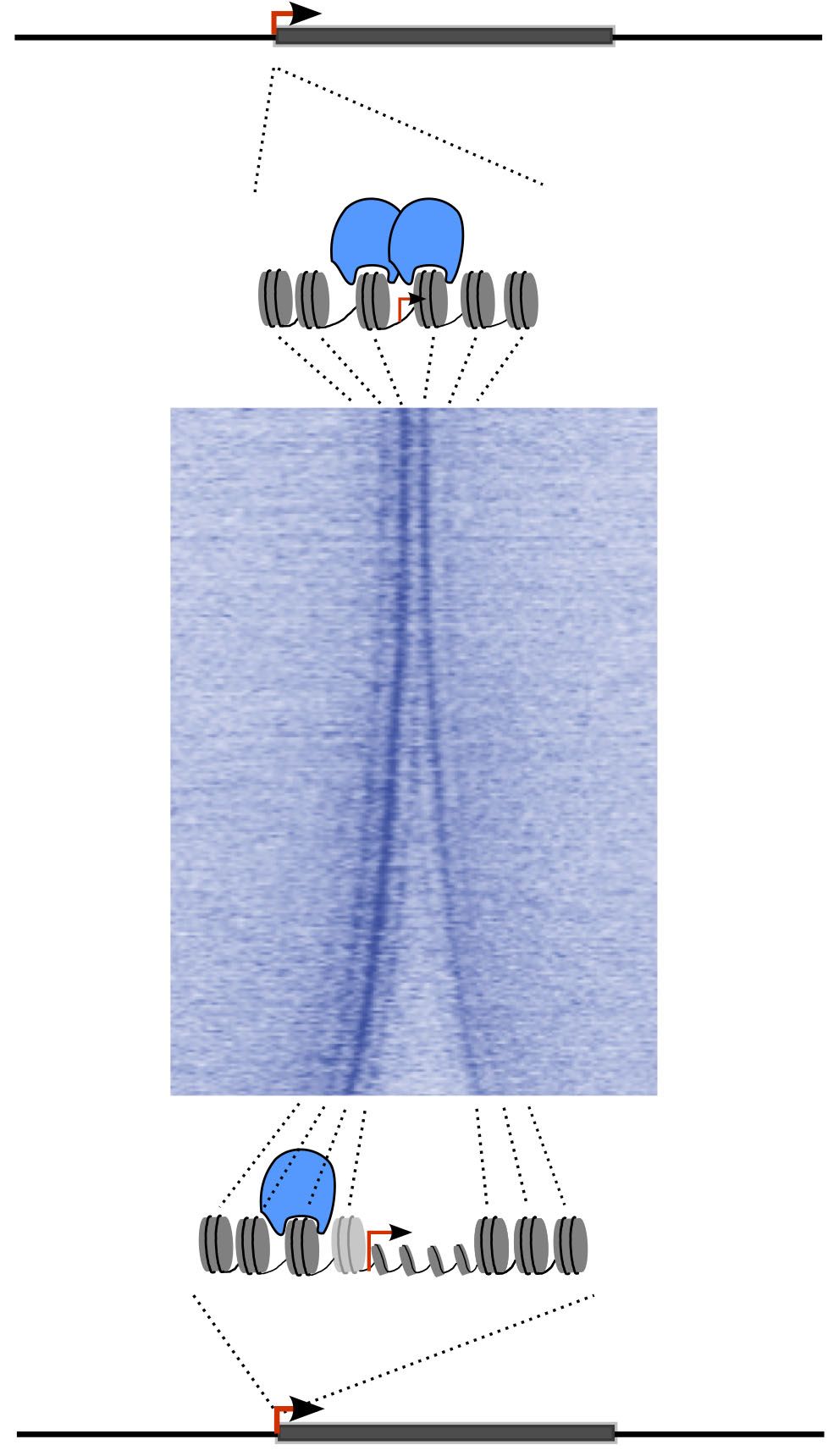Jan 30, 2016
This Two-in-One Satellite Will Bring Us One Step Closer to Asteroid Mining
Posted by Karen Hurst in categories: robotics/AI, satellites, space
Lonestar developed by Texas A&M is a possible tool that prospectors can utilize to locate mining opportunities on asteroids.
Astronauts fired this small, rectangular hunk from the International Space Station today. The payload will separate into two autonomous satellites as part of a research program to take us one tiny step closer towards making asteroid mining a reality.
If we ever want to mine asteroids, we’re going to need to step up our game for multiple satellites sharing data and working together. A pair of Texan universities are working together on a four-mission sequence to create a pair of robots that can autonomously rendezvous and dock in space. The project is called Low Earth Orbiting Navigation Experiment for Spacecraft Testing Autonomous Rendezvous and Docking — or Lonestar if you ignore the D.
Continue reading “This Two-in-One Satellite Will Bring Us One Step Closer to Asteroid Mining” »
